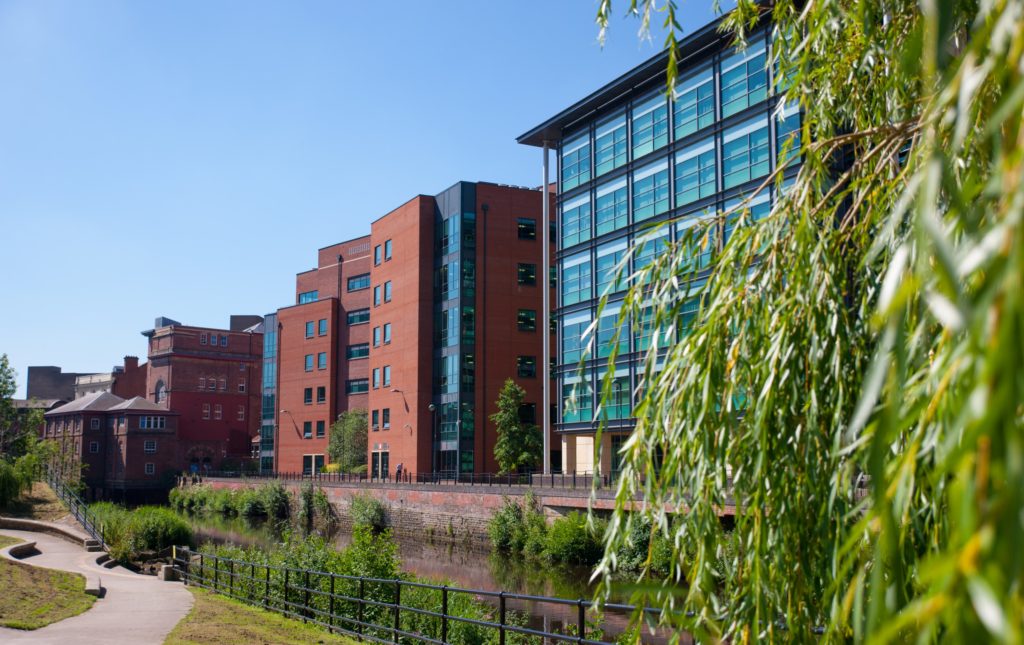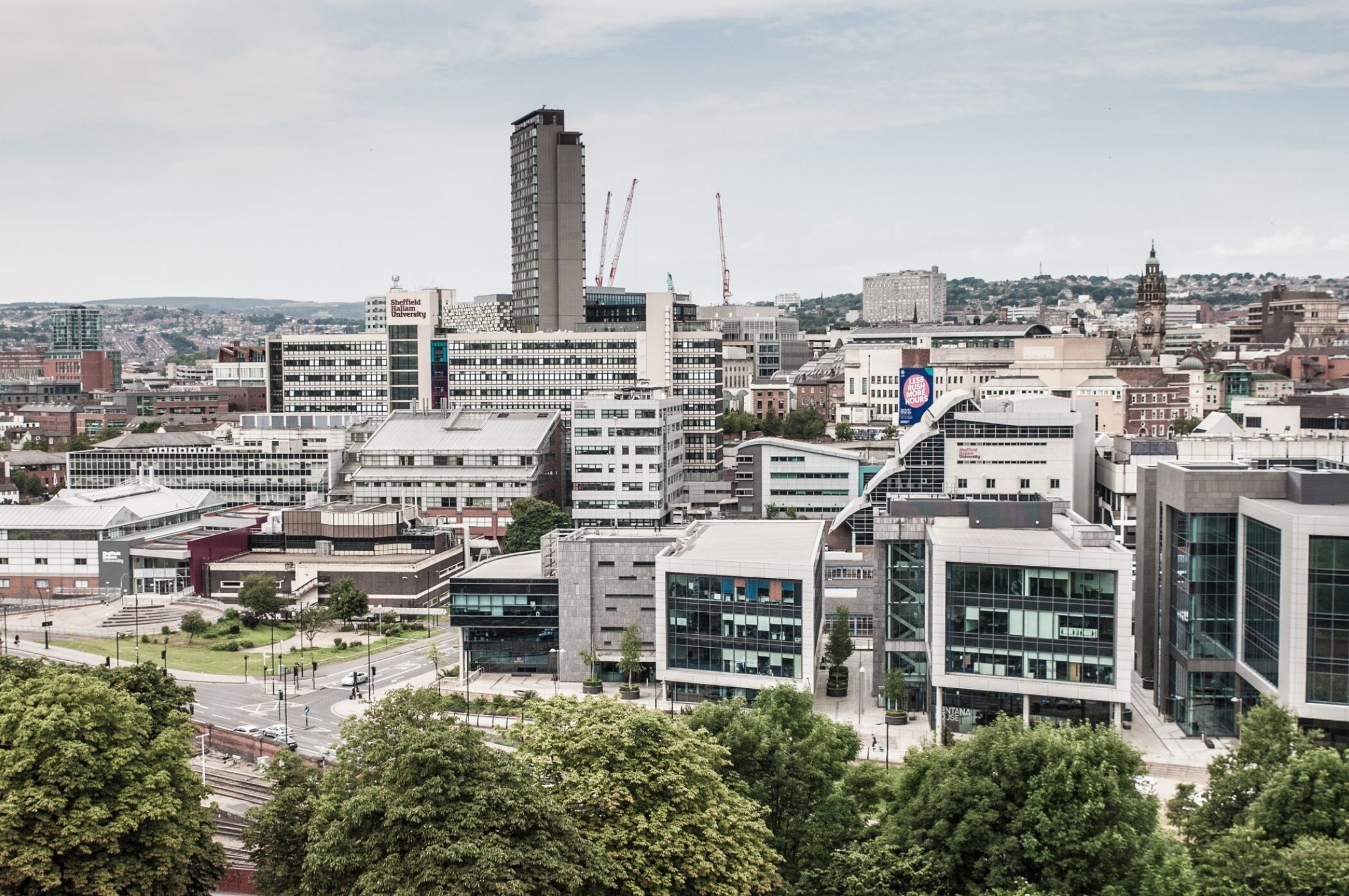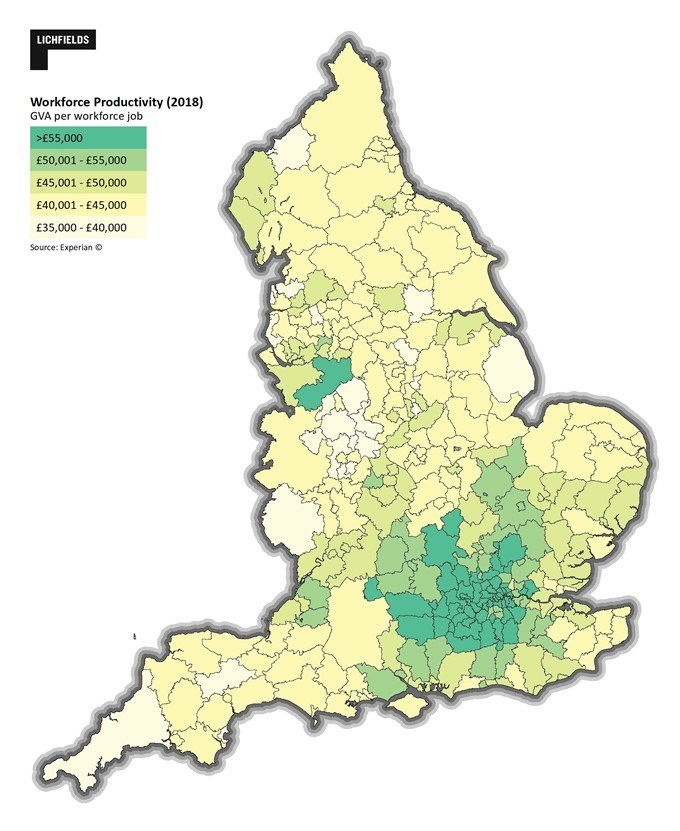Writing for Sheffield Chamber of Commerce, a year on from the opening of our Sheffield office, Michael Bamford, Director at Planning Design reflects on adapting and prospering under “A New Normal” following the unprecedented upheaval caused by Covid-19.
In October 2019 we moved into our new office in the Workstation and were excited for what was a new chapter for Planning Design. Back then we thought the issues facing the South Yorkshire region were meeting the challenges of Climate Change and Brexit. We, like many businesses were apprehensive about the impact Brexit might have on business as usual but didn’t spot the more acute issue on the horizon. Covid-19 only really floated onto the radar in January and it wasn’t clear how significant a challenge it would be until March. At the time we were quietly optimistic about the signs of growth in Sheffield and excited at the opportunity to continue to be involved in realising potential for the city.
It was late March when true impact of Covid-19 hit home as the national lock down was rolled out. Working from home became the new norm, the majority of the planning system ground to a halt whilst Council’s and the Government grappled with operating a system that was reliant on a central office suddenly being required to work entirely remotely. Planning applications, appeals, committee meetings, pre-apps all stalled and for a short time it was difficult to see how things would move forwards.
Gradually the country (and the world) adjusted to lockdown and a new normality prevailed. Never has access to the internet been so vital in connecting communities and allowing work to continue. Video calls have become an engrained part of our society and paved the way for a new way of working. Slow at first to respond to the challenges of COVID-19, work towards the Sheffield Local Plan is now well and truly up and running and areas such as Doncaster have excelled in adapting to the challenges and motoring on with the adoption of the Local Plan.
The construction and property market was temporarily put on hold causing a backlog of demand which only served to accelerate the growth when it was released. Something that has been felt across the world. Many countries including the U.K. have seen significant growth in the price of property. The importance of space standards, natural light and access to public open space has been felt much more acutely, fast forwarding the adoption of policies and legislation to provide better homes. Significant changes to existing permitted development rights and the creation of new ones all striving to provide more homes of a much higher quality. As has been common to a lot of crises, the Covid-19 pandemic has accelerated change across the board, and both planning and architecture are no different. In some areas the changes have been very difficult, and time will tell what long-term impact the pandemic will have on our lives.
One aspect the pandemic has highlighted is the importance of communities and how, when faced with challenges, people come together to adapt and remodel how normal society functions.
It is refreshing to see the how Sheffield as a Council are adapting and how Heart of the City is pushing ahead despite the adversity of the past 9 months. The view from the office window has changed over the past 12 months with ‘The Gate’ a new student accommodation tower nearing completion as well as the new HSBC building and the sheer number of cranes on the Sheffield skyline. It is all a clear sign of the optimism and investment people place in the city.
We have continued to work closely with both the Sheffield Chamber of Commerce and the University of Sheffield to provide opportunity for employment and work experience within the city and welcome the support of both institutions in helping to deliver positive change across the region. As a company we have seen positive growth over the year and look forward to embarking on chapter two of “A new normal”.
Michael Bamford, Director, Planning & Design Practice Ltd









